Case Studies
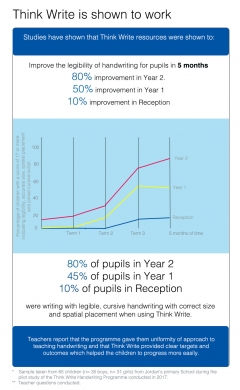
Jordan's school is a small local community infant school in Buckinghamshire. As Jordan's only has three classes, a single class intake, the total pupils in the school was 66 pupils (n=35 boys, n= 31 girls).
Following training in September 2016, handwriting samples were taken in November 2016, January 2017, May 2017 and...
Phase 3 Study Data:
Do Boys and Girls Benefit Equally from the HTW Programme?
Aim of the Study: Analysing the same data sample as Phase 3, the data was reviewed to see if there was any difference in the progress according to gender.
Method: All children within two schools (Yateley Manor School and Hall Grove School)...
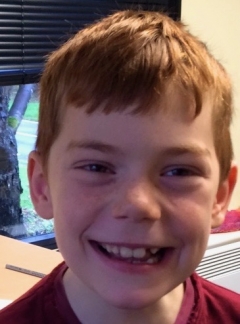
Since Reception, Jack has experienced significant difficulty with motor planning and the control of fine motor movements for handwriting. In addition to this, Jack also found acquiring accurate awareness of the sounds of letters difficult, something that also impacted on his motivation for writing, which meant he preferred to avoid activities related...
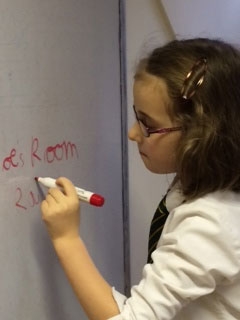
Zoe is a young girl of 6 years who has a diagnosis of autism. Zoe has from a young age shown excellent ability to access words for reading, she has a lot of language but has struggled to use her speech for communication with others.
Until this year Zoe has been attending a...

Leo is a young man of 10 years, whose learning has been significantly affected by his autism. Leo is non verbal, he uses signs to communicate and has never shown any natural curiosity in letters, and fine motor skills, but loves exploring and having books read to him.
For Leo to show...
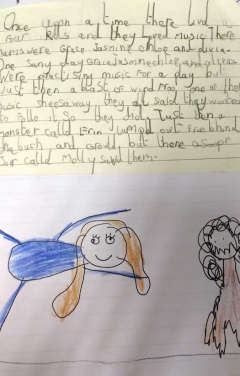
Grace is a young girl who was seen by Hemispheres. One of her initial concerns was her fine motor skills and handwriting. Grace revieved the movement programme to address the sensory and motor components of the Palmer Reflexes in combination with the Hemispheres Think Write Handwriting programme.
You can see how much...
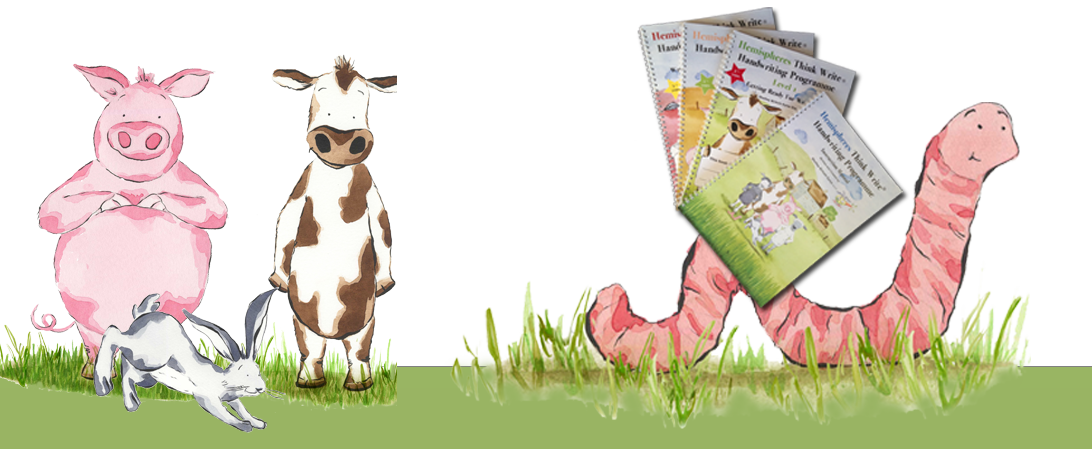
Help for children learning to write - A structured handwriting skills development programme
for PARENTS
for THERAPISTS
Sign Up
Terms & Conditions
Privacy Policy
About Cookies
Site Map
The Granary,
Rectory Farm,
Broadway Road,
Lightwater,
Surrey GU18 5SH
Tel: 01276 472 858
enquiries@thinkwrite-learning.co.uk








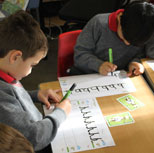
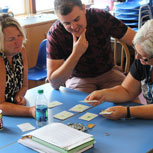







 offers all schools a lively engaging way of teaching handwriting
offers all schools a lively engaging way of teaching handwriting